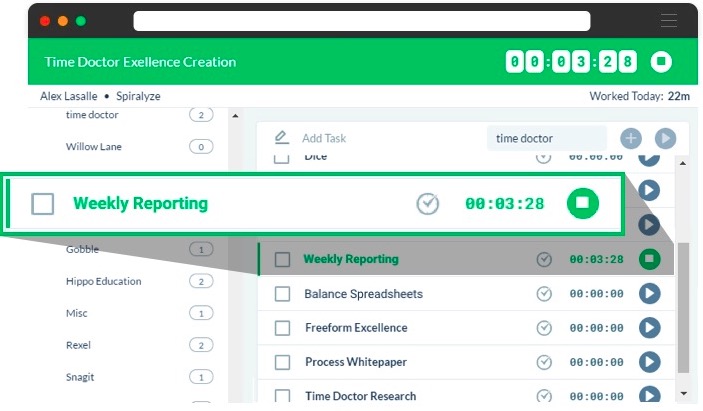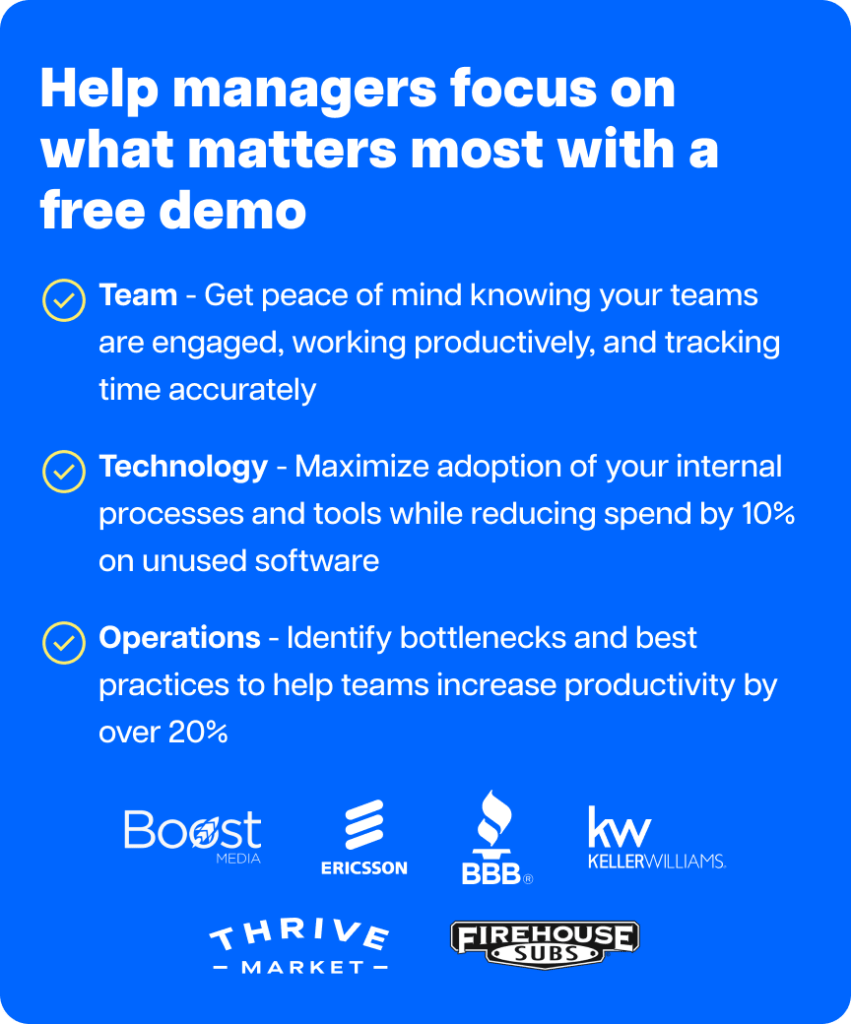Are you looking to start a call center?
With loads of businesses looking to outsource their call operations, running your own call center continues to remain a lucrative business!
However, that doesn’t mean you can do it overnight.
In this article, we’ll go through everything you need to know before setting up your own call center.
Here’s what this article contains:
(Jump to a section of your choice using the links given below)
Let’s get started.
Planning your call center
1. Decide the setup and the focus of your call center
Before you start your call center company, you need to decide on the type of call center you want to run.
A. Setup
Your setup determines the structure of your call center. You can choose to run an on-site call center or a virtual call center.
Here’s a breakdown of these two setups:
1. On-site call centers
On-site call centers operate from a central location. All your employees will work at the office, and all your work will be handled there.
An on-site call center is a great option if you want to build your business at a fixed location and cater to large companies or businesses with high compliance and security requirements. This is also a good option if you’re going to hire a large team as you can easily source local talent manage them from a central location.
Running an on-site call center in an urban area can get you perks like high-speed internet and easy access to public transport. It’ll also be close to other small business operations that could potentially use your call center services.
However, running an on-site contact center can be expensive. Rent in most cities is high, and you’ll likely have to pay a premium for utility services in the city.
To combat this, most companies offshore their on-site call centers. They open them in foreign countries where:
- Rent is cheaper.
- Setup costs are minimal.
- Wages are lower.
2. Virtual call centers
A virtual call center is a business that is usually entirely remote. Your employees will likely work from home, and most of your interactions and operations will be via the internet.
A virtual call center is a good option if you don’t have much money to spend on setup costs.
As your operations are carried out by your employees remotely, you won’t have to pay for overheads like rent, electricity, and the internet.
However, this comes with its fair share of issues.
Managing a large remote workforce isn’t easy – especially if you don’t have the right tools. You’ll find it hard to measure productivity and gauge work performance. Also as your employees work by themselves, they can feel lonely and isolated – lowering their morale and productivity.
So if you are planning on going virtual, you should seriously consider using the right productivity software and performance monitoring tools.
B. Focus
The focus of your business determines the services you provide. You can focus on outbound call services or only respond to incoming calls.
Here’s a closer look at each one:
1. Outbound call centers
An outbound call center only focuses on outgoing calls. They engage in cold calling for sales, telemarketing, conducting surveys and setting up appointments.
Here is our complete guide to Outbound Call Center.
2. Inbound call centers
An inbound call center specializes in services like taking orders, providing customer support and responding to inquiries. They don’t make any calls to customers – they just receive calls from them.
Learn more about Inbound Call Center here.
C. Industry
It’s also important to zero-in on a particular industry for your call center operations.
Remember, specific industries, like the medical industry, require a level of expertise that you may not already have. Carefully go through potential clients you’re comfortable working with to decide the type of business that comes your way.
2. Decide your goals
It’s important to outline your goals in a business plan before you start setting up your call center.
Why?
Because your goals are going to dictate:
- The number of employees you hire.
- The kind of operations you’ll handle.
- The processes you’ll implement.
- The costs you’ll incur.
For example, if your goal is to reach a specific revenue target, you’ll have to hire a certain number of people and bill your clients at a particular rate.
Creating goals is a great way to scale up your business because it breaks your progress down into achievable parts. You can constantly chip away at your goals to grow your small business consistently.
3. Find a suitable location
The location of your call center plays a big part in your success.
While you can set up a local business, offshoring it may be more cost-effective.
But where do you offshore your call center?
Countries like the Philippines are great locations to consider when setting up a call center. They offer you:
- Minimal setup costs.
- Favorable corporate laws.
- Lower wages.
However, offshoring to foreign countries can be risky if you don’t know what you’re doing. Team up with a local lawyer to understand the costs involved and the permissions you need with each country.
4. Deal with the paperwork
Starting any business involves going through tons of paperwork.
Talk to your local government agents to obtain any permits you’ll need to open your call center. You may even have to file paperwork for a virtual call center – so carefully go through the existing laws and regulations.
If you’re planning on offshoring your business, you will have to talk to a lawyer regarding the necessary paperwork. Different countries have different laws – so carefully go over them before doing anything.
5. Establish a budget
Running a call center isn’t cheap.
You’ll have to spend on:
- Call center equipment.
- Salaries.
- Business registration fees.
- Websites and marketing.
If you’re not careful with your money, you can easily overspend on things your business doesn’t need. However, it’s also important to note that your budget will vary based on the setup and focus of your company.
For example, an on-site call center will have way more admin costs than a virtual business. You’ll have to spend on:
- Rent.
- Electricity.
- High-speed internet.
- Office equipment.
Similarly, an outbound call center uses different equipment than an inbound call center. While an outbound call center largely relies on CRM software, your inbound call center may depend heavily on knowledge databases and help desk software.
Decide on a budget that’s realistic for your setup. Align it with your goals to give yourself enough breathing room to grow at a consistent rate.
Hiring the right people

1. Decide how many people you need
To run a successful call center, you need the right number of employees:
- Hire too many and you’re looking at unnecessary costs.
- Hire too few and you’re going to be understaffed and miss your targets.
So how do you arrive at the right number?
By analyzing your call center setup.
For example, if you’re looking to run a virtual business, start with a small, experienced team.
Why?
Firstly, they’re a small team – so it’s easier to manage them – even if they’re remote.
Secondly, as they’re experienced, they’ll already know the ins and outs of the industry. They’ll work fairly independently and can help you stabilize your operations faster.
For an on-site call center, you can hire anywhere from 50 to 100 agents.
Sounds like too many employees?
Not really.
Remember, setting up an on-site call center business is costly, so you’ll need to amp up your revenue. You’ll need that many employees to help your call centre reach its revenue targets.
To lower your spend on salaries, consider hiring a balanced mix of trainees and experienced agents. Your experienced agents can guide your trainees on the job to keep your business running smoothly.
2. Establish a recruitment process
Your hiring process should be transparent, thorough and quick.
Why?
There’s a lot that goes into managing a call center. You can’t be wasting hours on each candidate!
However, remember to tweak your recruitment process to align with your setup.
If you run an on-site call center, your recruitment processes will mainly target people in your city. This can help you find quick replacements for employees, but not every candidate may be skilled enough for the job.
Consider giving them an assignment before you offer them a job. This will let you determine their skill level and competency. It’s also a good way to see if they’ll fit in with your company’s work culture.
Virtual call centers can widen your hiring scope as you can recruit agents working from different time zones. However, it’s harder to monitor remote employees (unless you use employee monitoring software.). To combat this risk, hire them on a part-time trial basis to test them out before offering them a permanent position.
In addition to this, ensure that you test your candidates on these important call center qualities:
- Confidence.
- Tone.
- Empathy.
- Attention to detail.
A good call center agent needs all these qualities to deal with customers in a way that increases customer satisfaction. It’ll help put customers at ease and ensure that they leave with a positive customer experience.
3. Establish training programs
Being a call center agent isn’t easy. You can’t just turn up and be great at it.
Most call centers use rigorous training programs to ensure that their agents are capable of dealing with their daily phone calls.
In most cases, call center agents should be skilled at:
- Communicating effectively with callers.
- Empathizing with customers.
- Maintaining a high service level.
Consider going over recorded phone calls with your trainees to help them identify what they should and shouldn’t do. It’s also a good idea to educate them on the different tools they’ll be using. For example, if you’re using a tool that helps your time management, you’ll have to show them how to use it.
Use the right tools
1. Business phone system
A typical call center handles a large number of calls every day. Unfortunately, a basic phone system can’t handle such a large volume of calls. To manage this call volume, you’ll need to invest in a dedicated business phone system.
Here are your best options:
1. PBX (Private branch exchange)
These systems operate through physical phone lines and traditional handsets. This is a good option if you’re running an on-site office and renting office space on a long term basis.
2. IP PBX (Internet protocol private branch exchange)
This system handles communications through VoIP (Voice over Internet Protocol). This allows your agents to use phones that are routed through an internet connection instead of traditional phone lines. This system is lighter than PBX; as the server can be placed in-house or even remotely.
3. Virtual VoIP (Voice over internet protocol)
Virtual VoIP is currently the most popular business phone system. It requires no hardware setup as every call occurs through an app on your desktop. You only need a pair of headsets to operate, and the server can be accessed remotely. This is the perfect option for a virtual call center.
2. CRM (Customer relationship management) system
Call center agents need an easy way to store and access customer records. This makes it easier for them to interact and engage callers.
Think about it.
If you have all their details available on call, you’ll be able to address their concerns better, right?
Except, how do you store and access this information?
Through a CRM.
A CRM stores all your customer data and presents it to your agents whenever they need it. With a CRM, you can manage thousands of contacts with the click of a button!
If you’re using a VoIP system, look for a CRM that integrates with it to make it easier on your agents. As it’s integrated, whenever a customer calls, you’ll instantly have all their details pop up.
3. Internal communications system
Internal communication plays a huge role in your call center’s success. Your agents need to be able to communicate concerns with each other and reach out to supervisors when they need to.
Many business owners think investing in an intercom will do the trick – and while that may help in-office employees, it’s not useful to virtual teams.
If you’re managing a virtual call center, consider using instant messaging apps like Slack or Fleep. They allow your agents to collaborate over calls and tasks to get things done quickly. These apps also have channels/groups that you can use to communicate with specific people such as client-specific teams.
4. Performance monitoring tool
Call center management isn’t a piece of cake.
You’ll have to:
- Look for new tools.
- Manage finances.
- Oversee client onboarding.
- Implement your business ideas.
- And tons more!
As you have so much to oversee, you can’t afford to spend hours manually monitoring your employees, right?
But at the same time, you can’t afford to leave them unsupervised. This could lead to productivity nosedives and lower customer satisfaction rates.
So what do you do?
You invest in a performance monitoring tool like Time Doctor.
Time Doctor is a powerful monitoring tool. It will:
- Monitor what your employees are doing during work hours.
- Track the time they spend on calls and tasks.
- Help you bill clients for work done with accurate work records.
- Identify time-wasting activities.
- Help you separate your productive and unproductive employees.

Here’s a closer look at what Time Doctor can do for you:
1. Give you accurate project reports to bill clients
Time Doctor accurately monitors the time your employees spend on projects and tasks to help you identify how much time it took them.
With the Projects Report, you’ll see a breakdown of how much time a particular project took and which employees worked on it. You can create billable records from these reports to bill clients on an hourly basis.

2. Ensure that your employees are actively working
Are you concerned that your employees are passing off idle time as productive hours?
Time Doctor has a built-in inactivity tracker that stops tracking time after three minutes of inactivity. This way, your employees have to be actively working on a task for their work to be recorded.

Note: Time Doctor tracks keyboard and mouse activity to determine activity levels. However, it does not track which buttons were pressed for privacy reasons.
3. Keep your employees focused on their work
With Time Doctor, you won’t have to worry about your employees accessing unproductive sites during work hours.
Whenever an employee accesses an unproductive site (like shopping or social media), Time Doctor shows them a pop-up asking them if they’re still working.
This nudge is enough to get them back to answering and receiving calls.

You can also access individual “Poor Time Usage” reports for each employee. This report highlights what unproductive sites they accessed, when they accessed it and how long they spent there.

4. Integrate with workplace software
Time Doctor can instantly integrate with other call center software to streamline your operations. You can integrate Time Doctor with your CRM, help desk software, and even your accounting tools to maintain productivity at all levels.
Conclusion
With tons of businesses looking to outsource their help desks and call center operations, setting up a call center can be a very lucrative business decision.
However, running a call center is not easy.
You’ll need to plan it carefully, hire the right people and use the right tools to keep things running smoothly. Performance monitoring tools like Time Doctor are invaluable to call centers, so why not sign up for it and give it a try yourself?

Andy is a technology & marketing leader who has delivered award-winning and world-first experiences.


